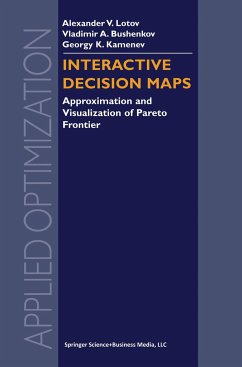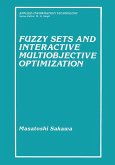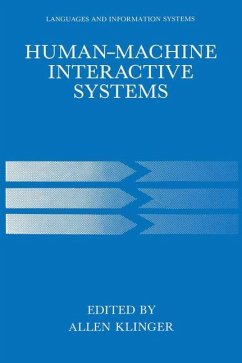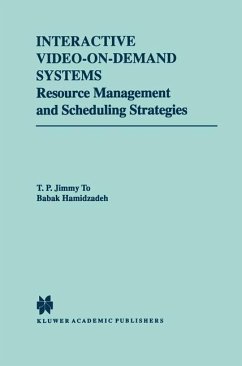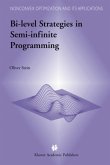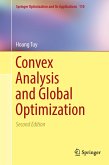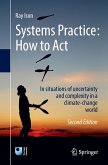Since the volume may be of interest to a broad variety of people, it is arranged in parts that require different levels of mathematical background. Part I is written in a simple form and can be assessed by any computer-literate person interested in the application of visualization methods in decision making. This part will be of interest to specialists and students in various fields related to decision making including environmental studies, management, business, engineering, etc. In Part II computational methods are introduced in a relatively simple form. This part will be of interest to specialists and students in the field of applied optimization, operations research and computer science. Part III is written for specialists and students in applied mathematics interested in the theoretical basis of modern optimization. Due to this structure, the parts can be read independently. For example, students interested in environmental applications could restrict themselves to Part I and the Epilogue. In contrast, those who are interested in computational methods can skip Part I and read Part II only. Finally, specialists, who are interested in the theory of approximation of multi-dimensional convex sets or in estimation of disturbances of polyhedral sets, can read the corresponding chapters of Part III.
From the reviews:
"This book is devoted to the application of computer visualization in the framework of multi-criteria optimization. ... The book under review may be recommended for users and theoreticians in the decision making field." (Krzysztof Piasecki, Zentralblatt MATH, Vol. 1103, 2007)
"This book is devoted to the application of computer visualization in the framework of multi-criteria optimization. ... The book under review may be recommended for users and theoreticians in the decision making field." (Krzysztof Piasecki, Zentralblatt MATH, Vol. 1103, 2007)

